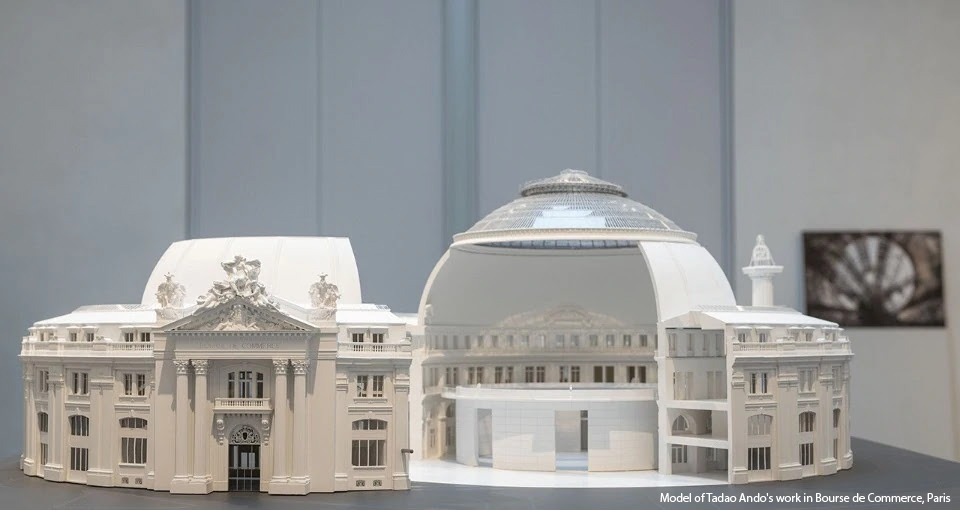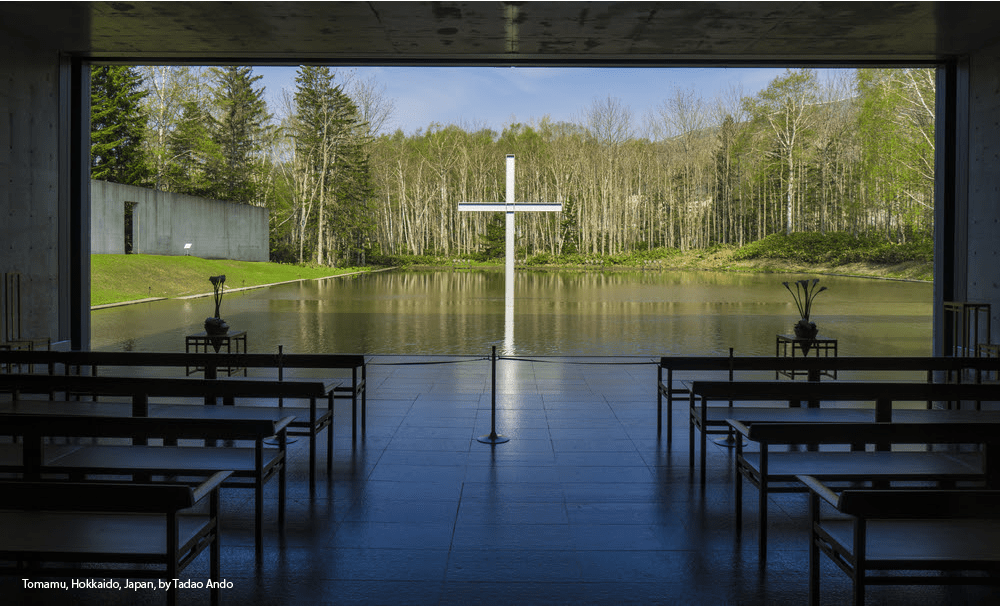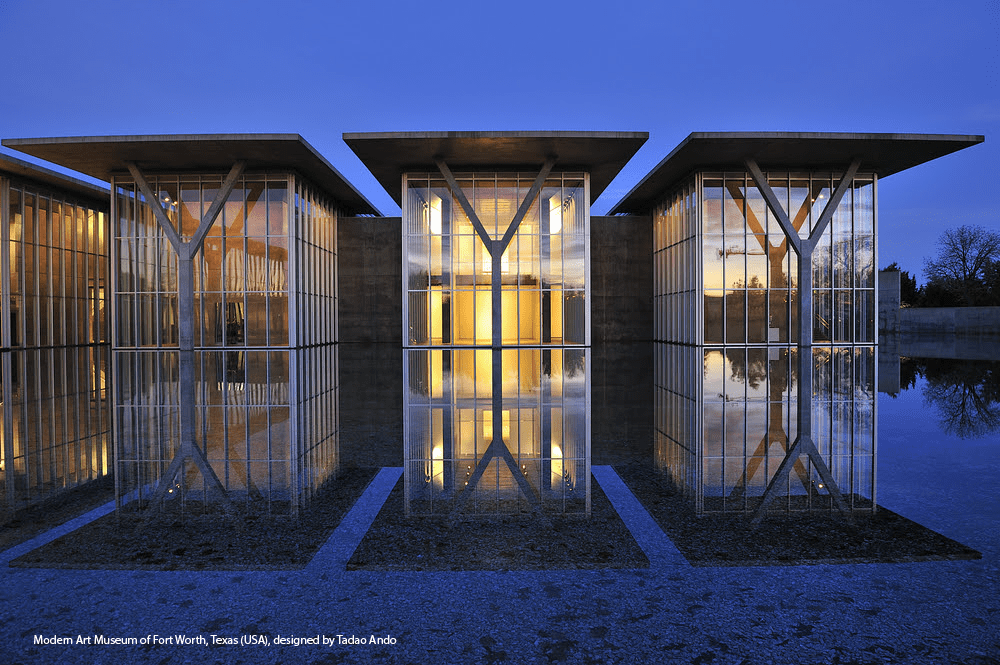Tadao Ando
With over 300 architectural designs to his name, Tadao Ando is treated as a national treasure in his home country of Japan. Renowned for his work with concrete and light, his œuvre has received international recognition, including the UIA Gold Medal in 2005 and the Pritzker Prize in 1995.

Which of your projects do you feel best reflects your design philosophy and why?
The projects that I am working on currently. I try not to reflect on the accomplishments of the past as it makes it impossible to move towards the future. You must constantly challenge yourself and endeavor to accomplish new things. At the moment, for me, this is Bourse de Commerce. It is a large contemporary art space in the center of Paris adjacent to the Louvre and the Centre Pompidou. Inside the rotunda of a 17th century grain exchange, we are implementing a cylinder of concrete that will frame all of the sculptures and paintings that it holds. By juxtaposing traditional and contemporary architecture, a whole new world of design can be cut open.

What is the starting point and creative process for your projects?
I begin every project with a hand sketch. In this modern age of computers and technology, architects and designers must rely on their instincts and the power of the human imagination. Architecture is at a tipping point where humans are becoming less necessary in the design process. With the development of artificial intelligence and machine learning, it is only a matter of time before the entire process of architecture is mechanized. However, while standard, copy-paste architecture will be able to be produced quickly with little human supervision, spaces that inspire hope with physical and emotional depth cannot be constructed so easily. These types of spaces cannot be rationalized or quantified because they facilitate connection between human beings. Consciously or unconsciously, people will always have a desire to gather in these types of spaces.

How do you intend for your work to impact users of your spaces?
I have no control over how people will use or react to the spaces I design. However, I do hope the buildings I have created put the visitors` souls at ease and allowed for a better connection to nature as well as light, water, and wind. When we strip architecture down to its bare bones, humans and nature can truly integrate and we can feel as though we are truly living. A well-designed building has the capacity to become a resting place for the soul, a place for contemplation.
Your work often expresses the synergies between architecture and nature. In this era, when nature is under threat from the built environment, how should architecture evolve?
Instead of constructing new things, we should take better care of architecture which exists in the built environment. Throughout China and East Asia, the speed of new developments is astonishing. Hundreds of buildings are constructed at a mind-blowing pace to fulfill large masterplan developments. We should be more cognizant of how our actions will affect the world. Since the coronavirus outbreak, humanity has understood the fact that our world is one. Every one of our societies is interconnected. If people stop working, then the lifestyle we have come to expect begins to evaporate. Architecture must evolve to alleviate societal problems.